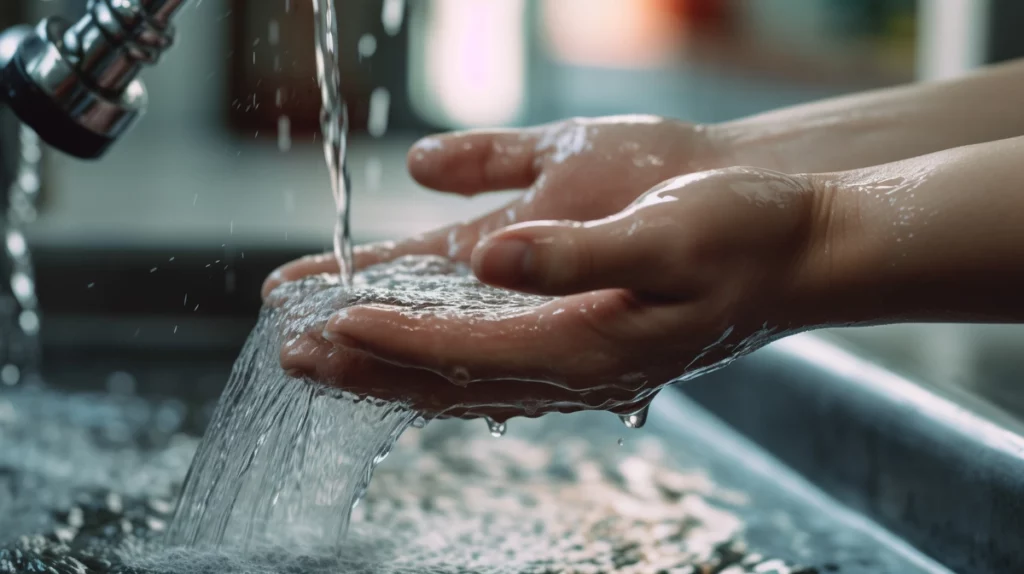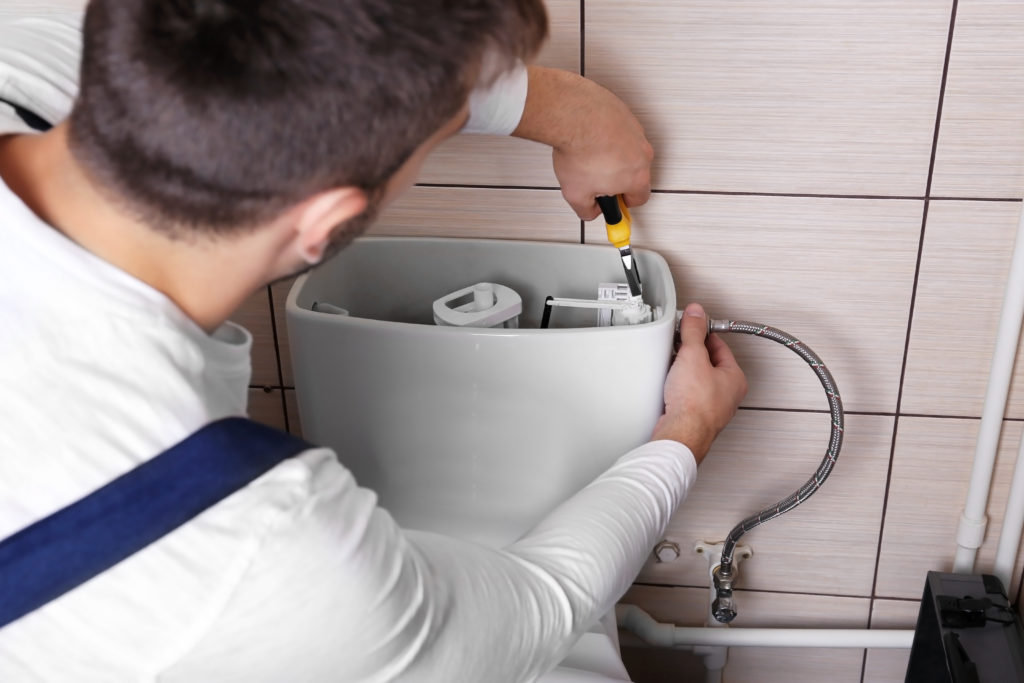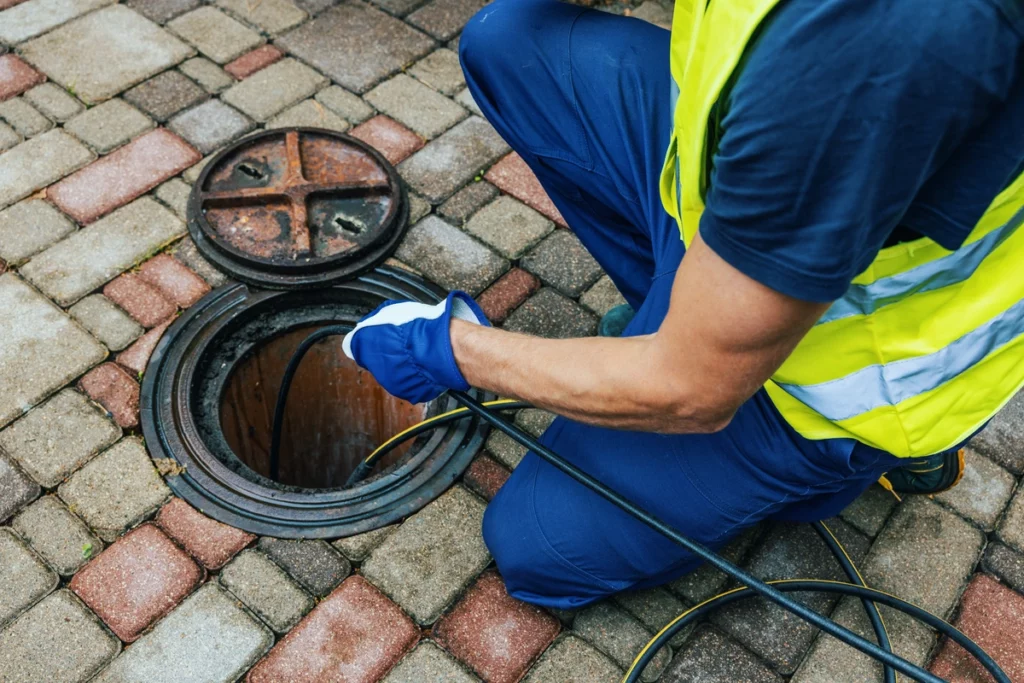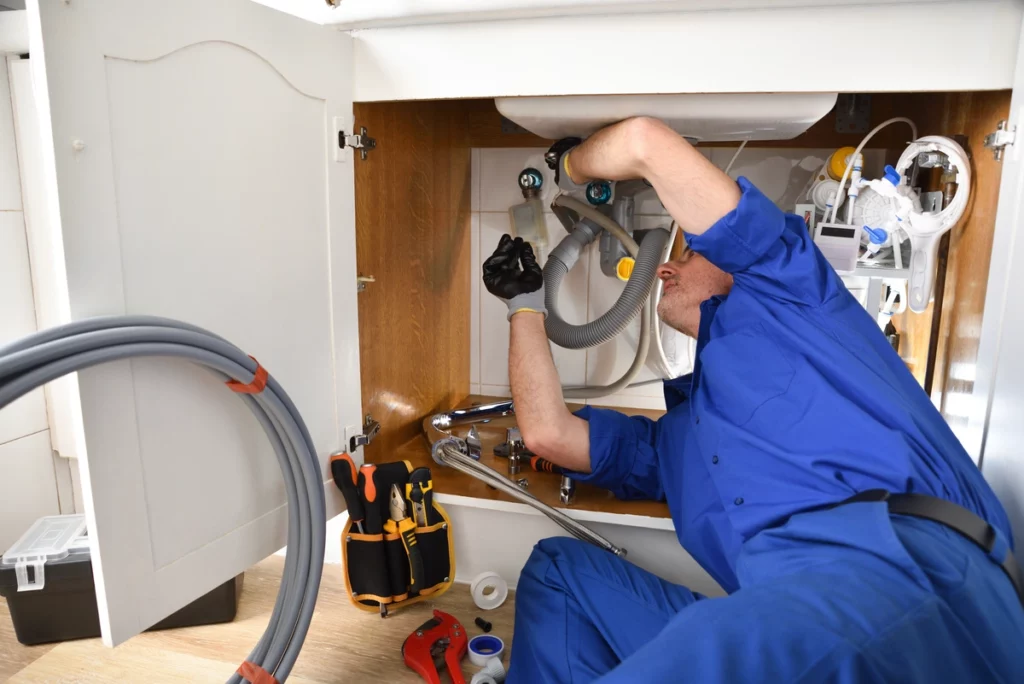So, you’ve decided to bid farewell to hard water and invest in a water softener – great choice! Soft water can make a significant difference in your daily life, from better skin and hair to increased appliance lifespan. Now, let’s dive into the ultimate guide to water softener installation and ensure you get the most out of your new addition to the home.
Inside this blog:
- 11 easy steps for effective water softener installation
- 4 tips to keep up with water softener maintenance
- How to troubleshoot 4 common issues with water softeners
Read on to discover how to effectively install a water softener in your own home like a real pro!
Preparing for Installation
Before you embark on your water softener installation journey, there are a few essential steps to take:
- Water Hardness Test: Conduct a water hardness test to determine the hardness level of your water. This will help you choose the right water softener for your needs.
- Selecting a Location: Choose a suitable location for your water softener. It should be close to the water source and a power outlet, with enough space for the unit and proper drainage.
- Gather Necessary Tools and Materials: Make sure you have all the tools and materials required for installation, including pipes, fittings, and a drain line.
Water Softener Types
Before we get into the nitty-gritty of installation, let’s briefly touch on the two primary types of water softeners:
1. Salt-Based Water Softeners 🧂
These systems use salt to regenerate and remove minerals from the resin tank. They are highly effective but require salt replenishment.
2. Salt-Free Water Conditioners 🚱
Salt-free conditioners change the structure of minerals rather than removing them. They are maintenance-free but may not be as effective for extremely hard water.
Choose the type that best suits your water hardness level, space, and maintenance preferences.
11 Installation Steps 🔌
Now, let’s break down the installation process into easy-to-follow steps:
1. Shut Off Water Supply
Locate the main water supply valve and turn it off. Open a faucet to relieve pressure and drain any remaining water.
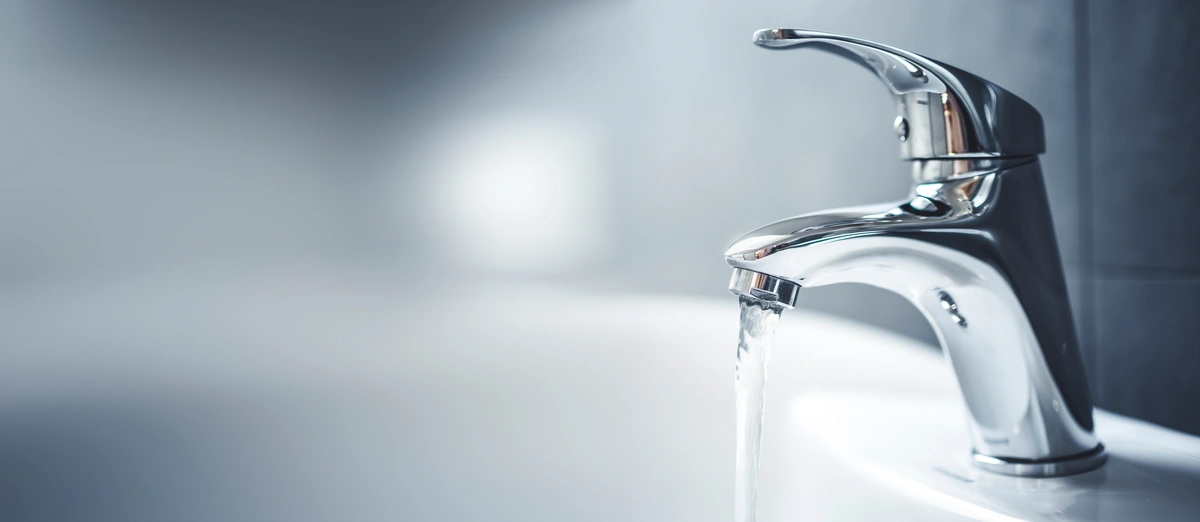
2. Drain the Pipes
Drain the plumbing system by opening all faucets and flushing toilets. This will prevent water spillage during installation.
3. Select Installation Location
As mentioned earlier, choose an appropriate location for your water softener near the water source and power outlet.
4. Position the Bypass Valve
If your system includes a bypass valve, attach it to the control valve head. This valve allows you to bypass the softener if needed.
5. Cut and Attach Pipes
Cut into the water supply line using a pipe cutter and attach the inlet and outlet pipes to the water softener control valve.
6. Connect the Drain Line
Connect the drain line to the water softener and ensure it reaches a suitable drain or utility sink.
7. Install Overflow Line
If required, install an overflow line to divert excess water in case of a malfunction or overflow.
8. Electrical Connection
Plug in the water softener to the power outlet. Ensure it’s properly grounded and follow manufacturer instructions.
9. Water and Salt Setup
Follow the manufacturer’s guidelines to add water and salt to the system. Some units may require manual regeneration to initiate the softening process.
10. Start Up
Turn on the water supply and check for any leaks or unusual sounds. Allow the system to go through a full cycle.
11. Program the Control Panel
Program the control panel based on your water hardness level, regeneration frequency, and other settings. Refer to the user manual for instructions.
4 Tips for Regular Maintenance 🔍
Your water softener is now up and running, but it’s not a set-and-forget appliance. Regular maintenance ensures optimal performance and extends its lifespan.
1. Salt Refill
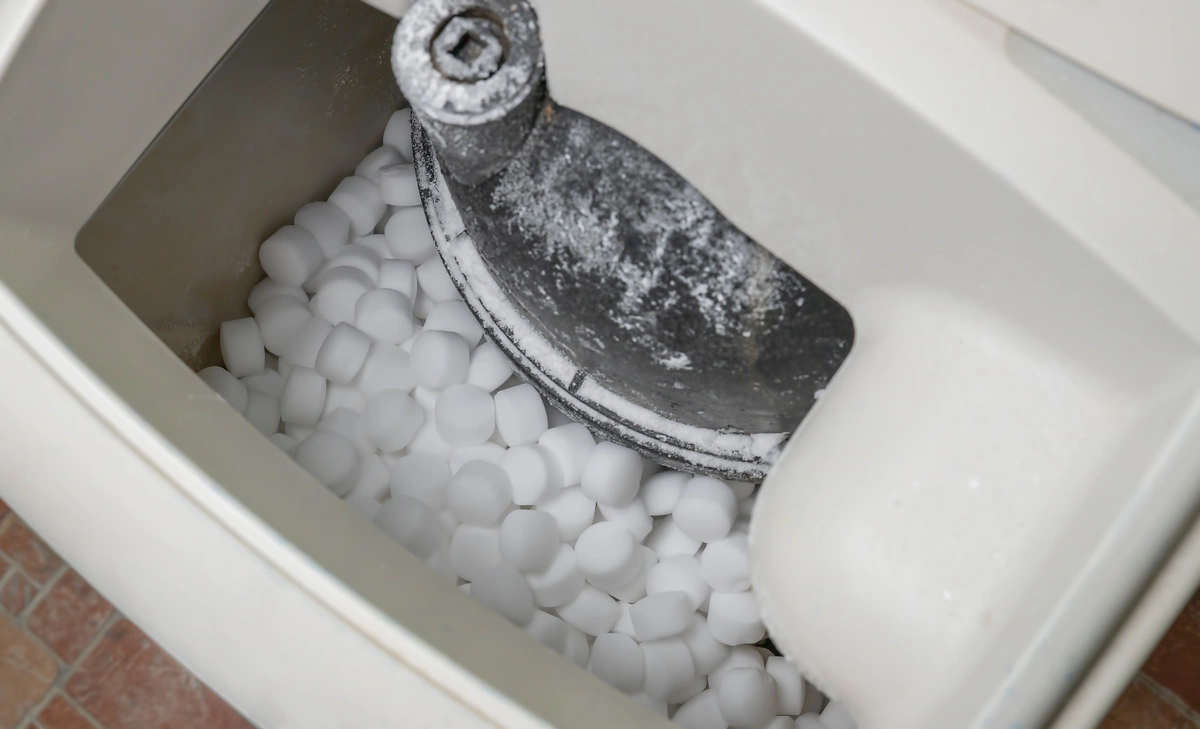
Monitor salt levels and replenish them as needed. Most systems have a brine tank that requires periodic refilling.
2. Resin Bed Cleaning
Clean the resin bed occasionally to remove accumulated minerals and prevent resin fouling. Use a resin bed cleaner following manufacturer instructions.
3. Inspect and Lubricate Valves
Check valves, seals, and gaskets for wear and tear. Lubricate them as recommended to prevent leaks.
4. Monitor Water Quality
Regularly test your water’s quality to ensure the softener is effectively reducing hardness. Adjust settings if necessary.
Troubleshooting 4 Common Issues ❌
Sometimes, your water softener may encounter problems. Here are some common issues and troubleshooting tips:
1. Salt Bridges
If a hardened salt layer forms in the brine tank, break it up to allow proper salt dissolving.
2. Low Water Pressure
Check for clogs in the resin tank or pipes. Clean or replace as needed.
3. Resin Beads in Water
If resin beads appear in your water, the resin bed may be damaged. Contact a professional for repair or replacement.
4. No Softened Water
Ensure the control valve is functioning correctly and the system is regenerating as scheduled.
Professional Installation vs. DIY 🛠️
Deciding whether to install your water softener yourself or hire a professional depends on your plumbing skills and comfort level. Here are some factors to consider:
1. DIY Installation 🧰
- Pros: Cost-effective, allows you to learn about your system, can be a satisfying DIY project.
- Cons: Risk of errors, potential warranty issues if not installed correctly.
2. Professional Installation 👷
- Pros: Expertise, guaranteed installation, peace of mind.
- Cons: Higher cost.
Install a Water Softener Like a Pro
By following this ultimate guide to water softener installation, you can enjoy the benefits of soft water in your home. Remember to maintain your system regularly and address any issues promptly to ensure it continues to provide you with high-quality, softened water. Say goodbye to the hassles of hard water and hello to a more comfortable, efficient, and enjoyable water experience!
Contact our plumbing experts at AJ Alberts today and experience top-notch work from reliable plumbers. Let’s make the water in your home safer, cleaner, and tastier!

